Wadi Rum Protected Area
A desert landscape known for its beauty as well as its archeological importance.

A desert landscape known for its beauty as well as its archeological importance.
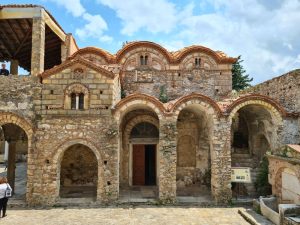
Atmospheric ruins of a complete Late Byzantine city.
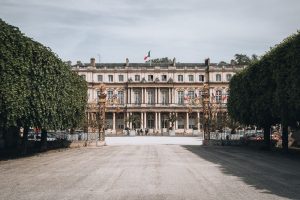
Three elegant 18th-century city plazas.
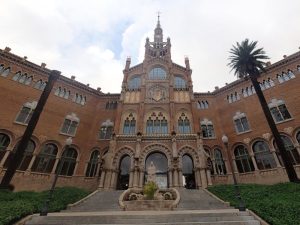
Two exceptional examples of Catalan Art Nouveau architecture in Barcelona designed by Lluís Domènech i Montaner.
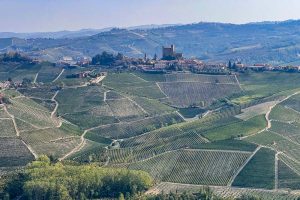
A region of northern Italy representing excellence in winegrowing and winemaking.
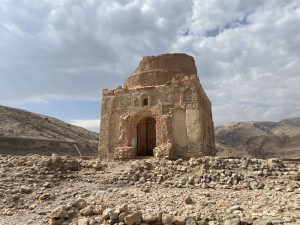
The ruins of a major trade-route city of the Kingdom of Hormuz.
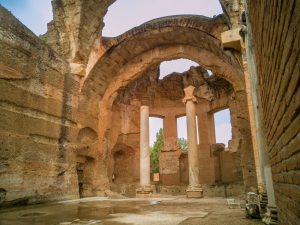
A lavish retreat built for Roman emperor Hadrian in the 2nd century.

Two Baja California lagoons used by gray whales for giving birth and mating.
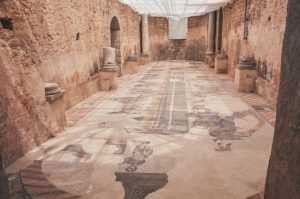
The ruins of a Roman villa with remarkably well-preserved mosaics.
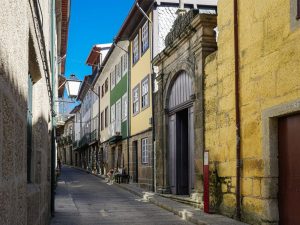
A charming medieval city center, considered the birthplace of Portuguese nationhood.

An area of astounding biodiversity, best known for its mountain gorilla population.
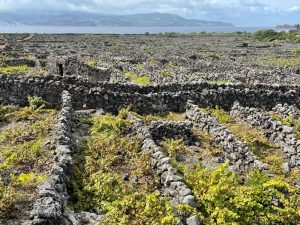
Viniculture in a hostile environment made possible through human ingenuity.
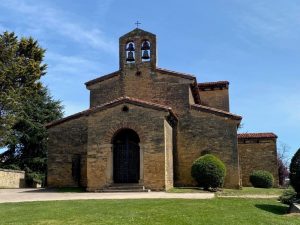
Six buildings that are unique to the short-lived Asturian monarchy.
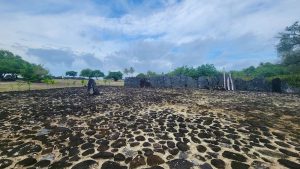
An ancient site of great historical and cultural significance to indigenous Polynesians.
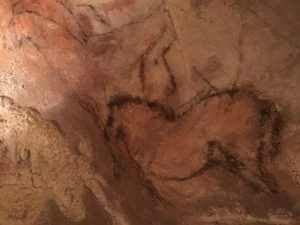
Some of the earliest art by the earliest humans.
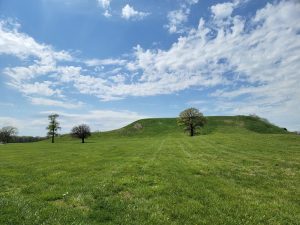
The largest and earliest pre-Columbian city in North America.
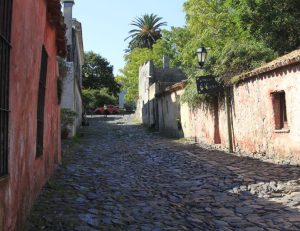
A well-preserved colonial city that reflects both Spanish and Portuguese influences.
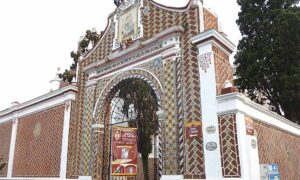
An intact Renaissance city full of Spanish-colonial baroque architecture.
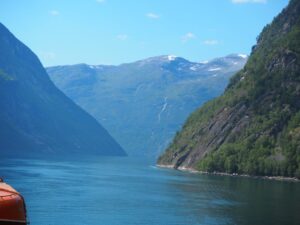
The world’s largest and deepest fjords, and breathtakingly beautiful.
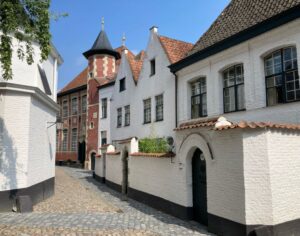
Centuries-old architectural ensembles in Flanders that once housed religious communities of women.

A constantly-changing area where the continental rift, volcanoes and glaciers dramatically interact.
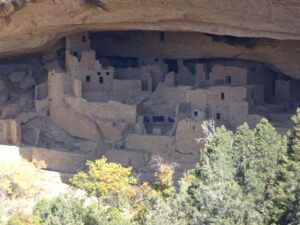
Ruins of ancient cliff dwellings used over a thousand years ago by Ancestral Pueblo people.
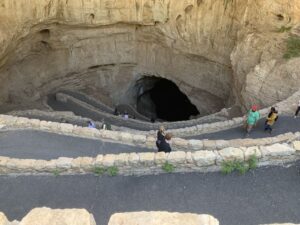
A natural cave complex with extensive and varied rock formations.
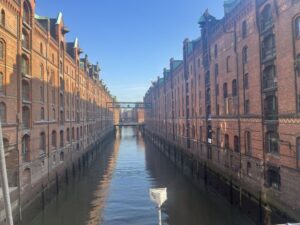
An ensemble of warehouses and office buildings resulting from Hamburg’s port trade in the 19th and early 20th centuries.
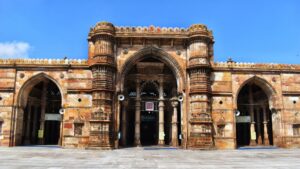
A medieval walled city of unique gated communities and many architectural monuments in a mix of styles.
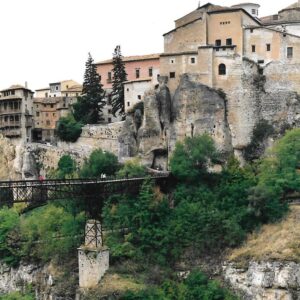
A medieval fortress town in a dramatic location, perched on cliffs.
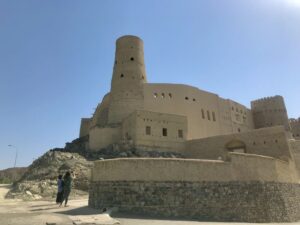
A massive mud-brick fortress, the capital of the Banu Nebhan and the centre of Ibadism in the Middle Ages.
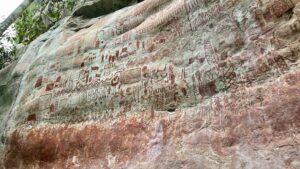
A large Amazonian forest with unusual rock formations and ancient rock paintings.
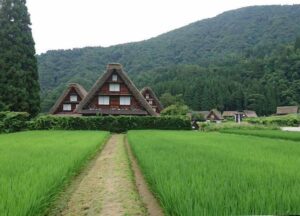
Mountain villages with unique traditional farmhouses where silkworms were cultivated.
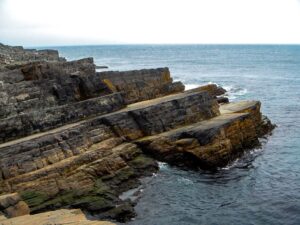
A site containing fossils of the earliest complex organisms, marking an important turning point in evolutionary history.
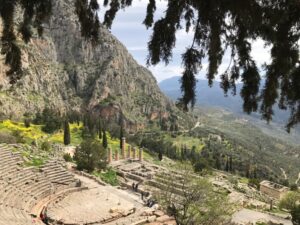
An important religious site for ancient Greeks, who considered it the center of the world.
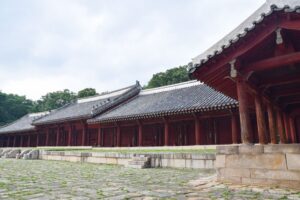
A Confucian shrine housing the spirit tablets of Korean royal ancestors.
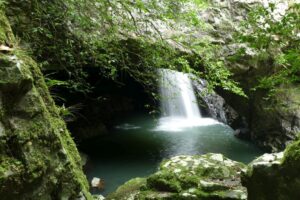
Beautiful and ancient rainforests that are home to a diversity of species.
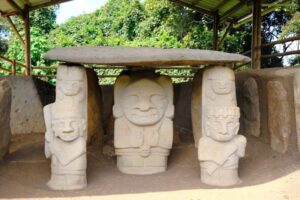
Burial mounds and statuary from a complex pre-Columbian culture.
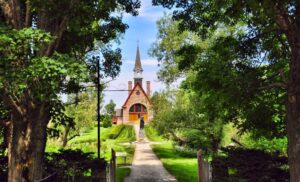
An agricultural area that commemorates the history of the Acadians and their expulsion from Canada.
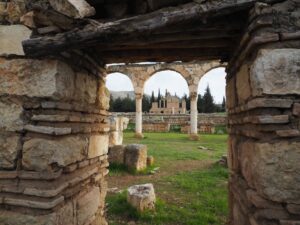
Remains of an 8th-century Umayyad town that offers insight into Umayyad town planning and architecture.